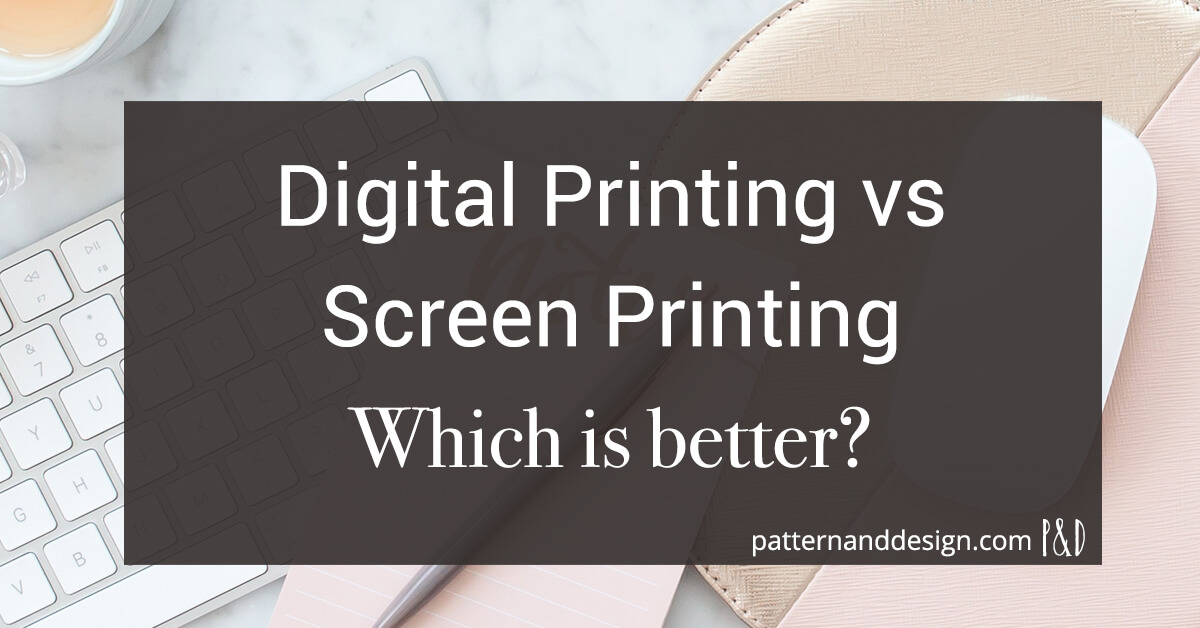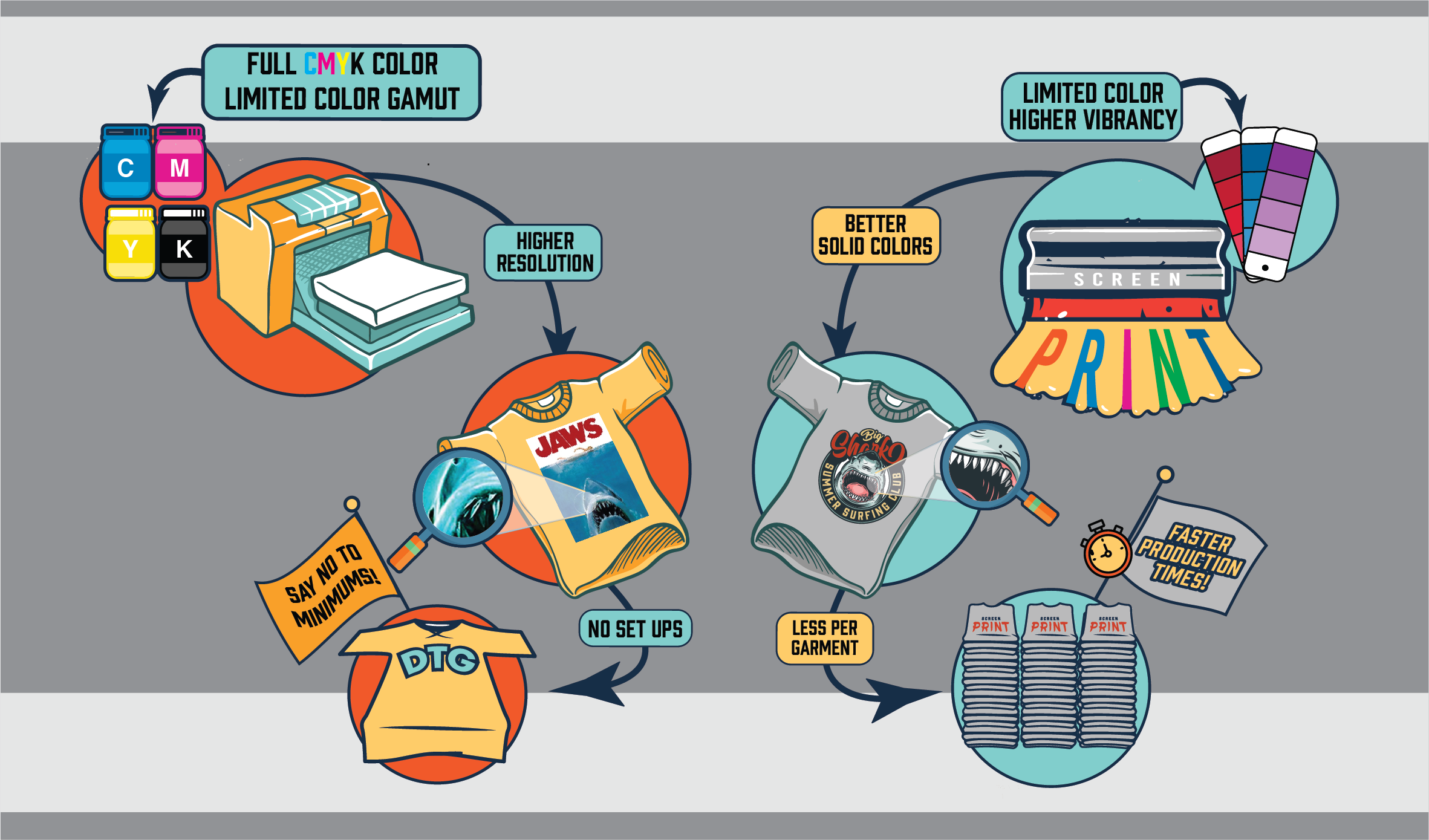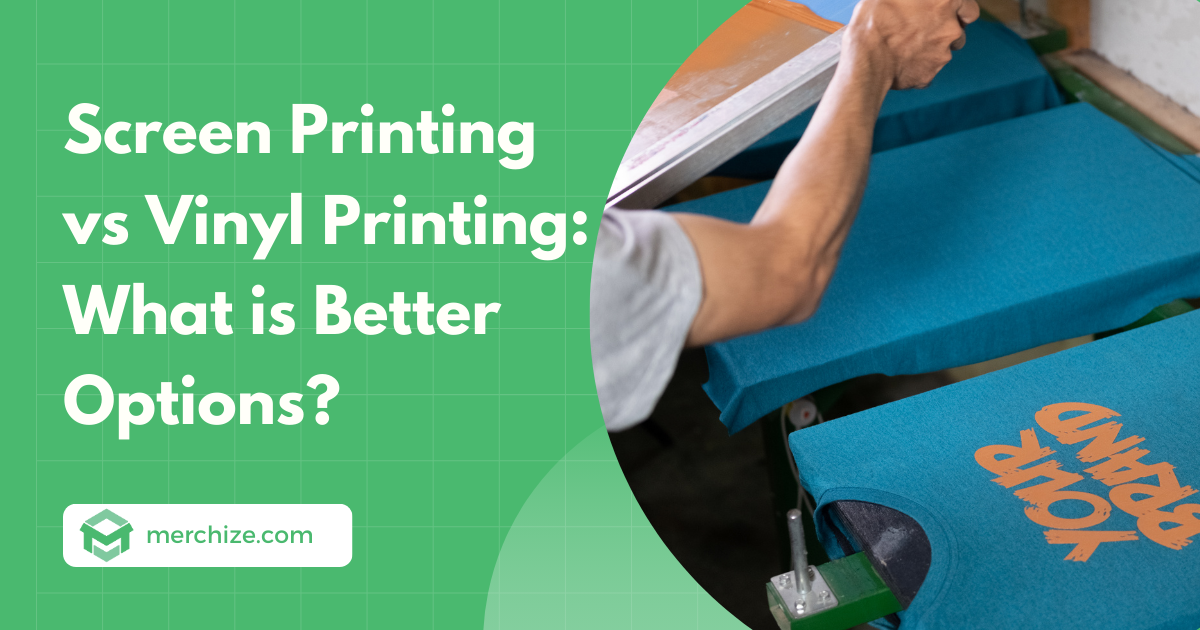Not known Factual Statements About Tx Tees
Not known Factual Statements About Tx Tees
Blog Article
Little Known Facts About Tx Tees.
Table of ContentsTx Tees Things To Know Before You Get ThisSome Known Facts About Tx Tees.The 7-Second Trick For Tx TeesThe Facts About Tx Tees RevealedThe 45-Second Trick For Tx TeesAbout Tx TeesTx Tees Fundamentals Explained
Add up other prices, like the number of energies it takes to run the shop and the price of ink and emulsion per design. Take the print listed below.The solution ought to just be a couple of cents given that you 'd only need to coat one screen for this job. Typically, printers try to make up to 45% revenue on a print task.

With DTF, you can print a handful of shirts, or simply one. Utilize the exact same calculator as the area over to compute just how much revenue you 'd use DTF transfers. Contrast the expenses and earnings to whichever technique speaks ideal to your configuration and procedure. Both screen printing and DTF have their particular niches worldwide.
Things about Tx Tees
The very best way to understand? Ask about and see what print shops like your own are doing. screen printer. Attempt both out and see which you like far better
When you're selecting what sort of printing approach to use for printing your artwork styles on your garments, it is necessary that you recognize the distinctions in between these two methods so you can make best use of results while reducing costs. Screen printing is the most typically utilized method for publishing layouts on fabrics.
DTG printing is additionally called spot or direct to garment printing since it prints only what is required rather than making a display as display printers do. https://teleadreson.com/tx-tees,1126-s-treadaway-blvd,-abilene,-tx-79602-s6eSALOnkgA.html. Display printing works by display filler squeegee screen printing ink display mesh screen, after that transferring the photo to garment utilizing warmth and/or stress
The DTG printer uses unique dye-sublimation inks that are applied into a pre-designed photo by a digital printing system. The inks come to be part of the textile, enabling for lively colors and exceptional information. It's also called area or straight to garment printing because it publishes just what is needed rather than making a display as screen printers do.
The Basic Principles Of Tx Tees
Initially, it's much faster - you can print a fullcolor photo in mins, rather than hours for screen printing. Second, there's no established time or prices included - you can print any kind of layout you such as, without needing to produce a screen first. Third, there's no waste - because screen printers screen print one design at a time, they need to screen each color separately.
The paper is very expensive and can only be utilized when. Once it's printed on, it has to be thrown out. - The initial purchase rate is reduced than the ahead of time financial investment of DTG printers- You can publish multi-color styles one screen at a time as opposed to needing to publish each color individually like DTG printing.

Fascination About Tx Tees
Rather of making use of screen mesh as screen printers do, dye sublimation printers utilize laser technology to move your images onto garments or paper. A heat process moves the dye from its solid-state directly right into the gas phase which subsequently merges it onto textile substrates when they are swiftly heated up to heats under high pressure.
Sublimation printing is environment-friendly. It utilizes much less water than screenprinting, and because it does not entail making use of hazardous solvents, it's safe for all sorts of apparel. The dye sublimation inks are likewise unsmelling when healed, unlike screen printers that make use of hazardous chemicals during the display printing procedure that leave an undesirable smell.
They likewise conserve money on costly tools like exposure systems considering that dye sublimation printers do not need a UV direct exposure system or a flash treatment oven that is generally utilized in screen printing (custom cap printing). What is direct to garment printing (DTG Printing)? DTG printing is an electronic screenprinting procedure that prints straight onto textile utilizing specialized inkjet printers
A Biased View of Tx Tees
DTG printing offers lots of benefits over standard screenprinting, including the capability to publish photographic high quality pictures, higher shade vibrancy, and the ability to publish styles on darker textiles. DTG printers work by warming the fabric ink up until it becomes a gas. The gas after that permeates the fabric, bonding with the fibers to produce a permanent print.

Screen printers simply prepare their screen after that start publishing until they lack item or ink.- There is a variety of seasoned display printers all over the globe, which can be practical for novices. - It's a slower process - screen printers typically need to wait on the ink to completely dry prior to they can publish the next color- Screen printers need hand-operated labor, so there's a higher knowing curve and it takes longer to produce a high-grade layout- Display printing isn't as accurate as DTG printing, so you may get some "bleeding" of shades from one part of the image onto another if not done properly.
The Single Strategy To Use For Tx Tees
Instead of making use of screen mesh as screen printers do, color sublimation printers utilize laser innovation to move your images onto garments or paper. A warm procedure moves the dye from its solid-state straight right into the gas phase which consequently fuses it onto textile substrates when they are swiftly heated to high temperature levels under high stress.
Sublimation printing is environment-friendly. It makes use of less water than screenprinting, and due to the fact that it doesn't include using dangerous solvents, it's safe for all sorts of garments. The color sublimation inks are also unsmelling when healed, unlike screen printers that utilize unsafe chemicals during the screen printing process that leave behind an undesirable smell.
They also save money on pricey equipment like exposure systems given that color sublimation printers do not need a UV direct exposure device or a flash cure stove that is usually utilized in display printing. What is straight to garment printing (DTG Printing)? DTG printing is an electronic screenprinting procedure that publishes straight onto textile using specialized inkjet printers.
Our Tx Tees Diaries
DTG printing offers many advantages over typical screenprinting, including the capability to print photographic quality photos, better shade vibrancy, and the capacity to publish styles on darker fabrics. DTG printers function by warming the textile ink up until it turns into a gas. The gas after a knockout post that penetrates the fabric, bonding with the fibers to create a permanent print.
Report this page